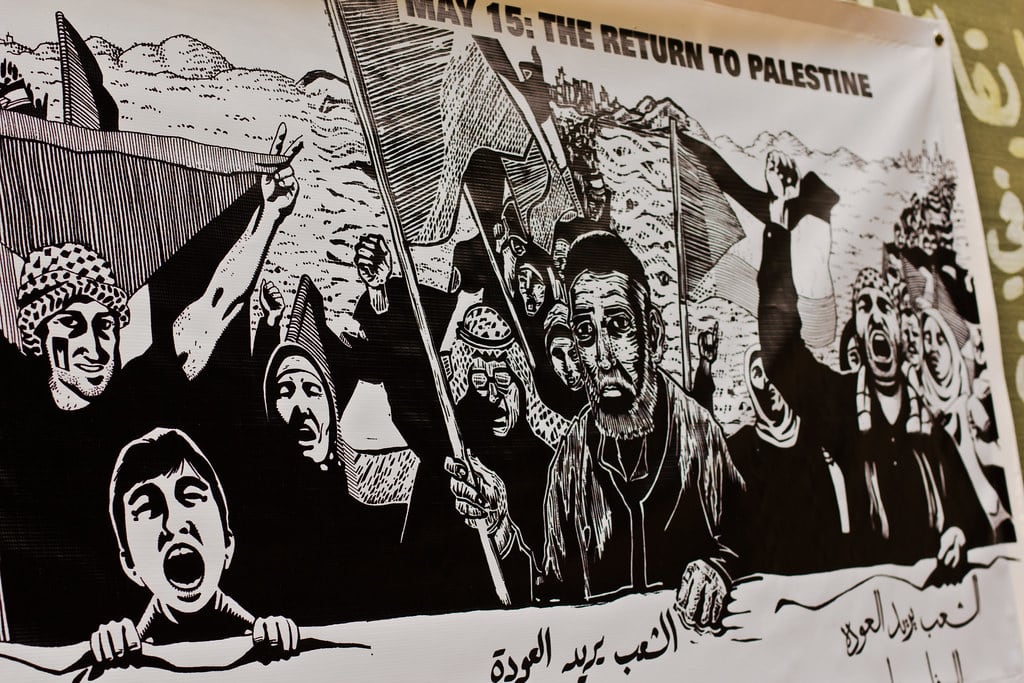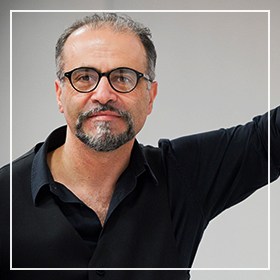This week when I went back to Stockholm University the encampment was not there anymore. All songs, music, debates, seminars, whispers, shouts, and slogans were replaced by a deafening silence. A familiar silence. A silence that guarantees order but not justice.
I have taught at Stockholm University for 27 years. I have worked with students since 1997.
And I still love it. Youthful curiosity saves my adventurous and passionate academic soul from the soullessness of the growing bureaucratization of higher education. Despite all controls, the classroom can still be a space for fugitive pedagogy, a space for radical imagination, and speculating the impossible—a space to foster a future otherwise.
In the past nine months, I have seen how the gap between students and professors has expanded. The questions they struggle with are not addressed by our curriculums.
The war against Palestin has intensified the gap which had started long before. The young generation grew up witnessing ruination after ruination caused by our and previous generations. They ask difficult questions we often cannot answer or are not willing to address. The ruination of the earth, of society, the expansion of bordering practices, and the increasing ruthlessness of capitalism. The curriculums we offer are often outdated and students see it. Reading the Port Huron Statement, which was the political manifesto of the American student movement, Students for a Democratic Society (SDS) in 1962, one wonders; has nothing changed since then?
”Our professors and administrators sacrifice controversy to public relations; their curriculums change more slowly than the living events of the world; their skills and silence are purchased by investors in the arms race; passion is called unscholastic. The questions we might want raised–what is really important? can we live in a different and better way? if we wanted to change society, how would we do it?”
The students reminded us what a university should look like, a vibrant, dynamic, and engaging learning milieu.
The gap has been manifested in the pro-Palestinian encampments at university campuses in the US and Europe. In the second week of May students at Stockholm University started a protest encampment in solidarity with Palestine. Our students had clear aims and demands: support for a permanent ceasefire in Gaza and an end of cooperation agreements with Israeli universities. They set up tents, ate together, studied together, decided together. They practiced their citizenship. The Brazilian educator and thinker Paulo Freire rightly said that the classroom is not a place for the accumulation of commodified knowledge. It is rather a public sphere where citizenship is practiced. When they did not find the classroom a space for asking their questions they created an alternative space where education became a process of self-actualization and empowerment. The encampment became a way for the students to develop their language, which is derived from their own social realities, and to read their fear and hope.
The encampment was where theory was inseparable from practice. Suddenly isolated and atomized learning individuals got together and changed learning into acts of citizenship. The encampment was a space to learn and teach how a society is possible. The encampment has challenged the boundaries between education and life; knowing and thinking; thought and action; theory and practice; academia and the public sphere. The encampment was a critical thinking combined with practices of freedom.
In the second week of the encampment, one student asked me about the chances of success of the encampment. I told her that it was already a big achievement. Resistance generates new subjectivities. The encampment liberated students from perceptions, restrictions, and self-images that have long restrained them. As we have learned from Frantz Fanon liberation is already won during the struggle for it. The student movement itself is full of potential for a radical mutation in consciousness.
From 1991 when I started to study at Stockholm University to 2024 I have never seen a single protest organized by the students, let alone a student movement. The student encampment created something that never existed before at Stockholm University. Through courageous pushbacks of restrictions and boundaries, the students added a quality to the Swedish academia. The students reminded us what a university should look like, a vibrant, dynamic, and engaging learning milieu. The Stockholm University encampment was a continuity of student movements, that aimed to break the crust of apathy and inner alienation that remain characteristics of neoliberal higher education. They practiced what we professors only speak about, the virtue of parrhesia. The ancient Greek term means having the courage to speak the truth despite potential dangers. It means to speak honestly and to speak freely even if it might mean taking risks. Through practicing parrhesia the students have defended academic freedom.
We should recognize what they have done for academia and for all of us.
This is what we owe them.





